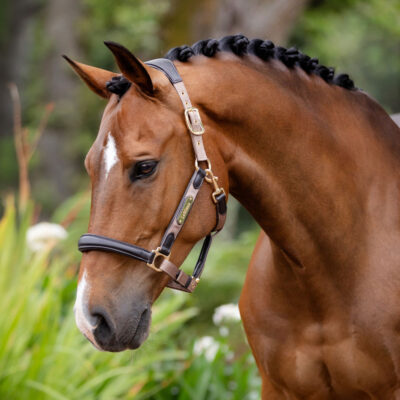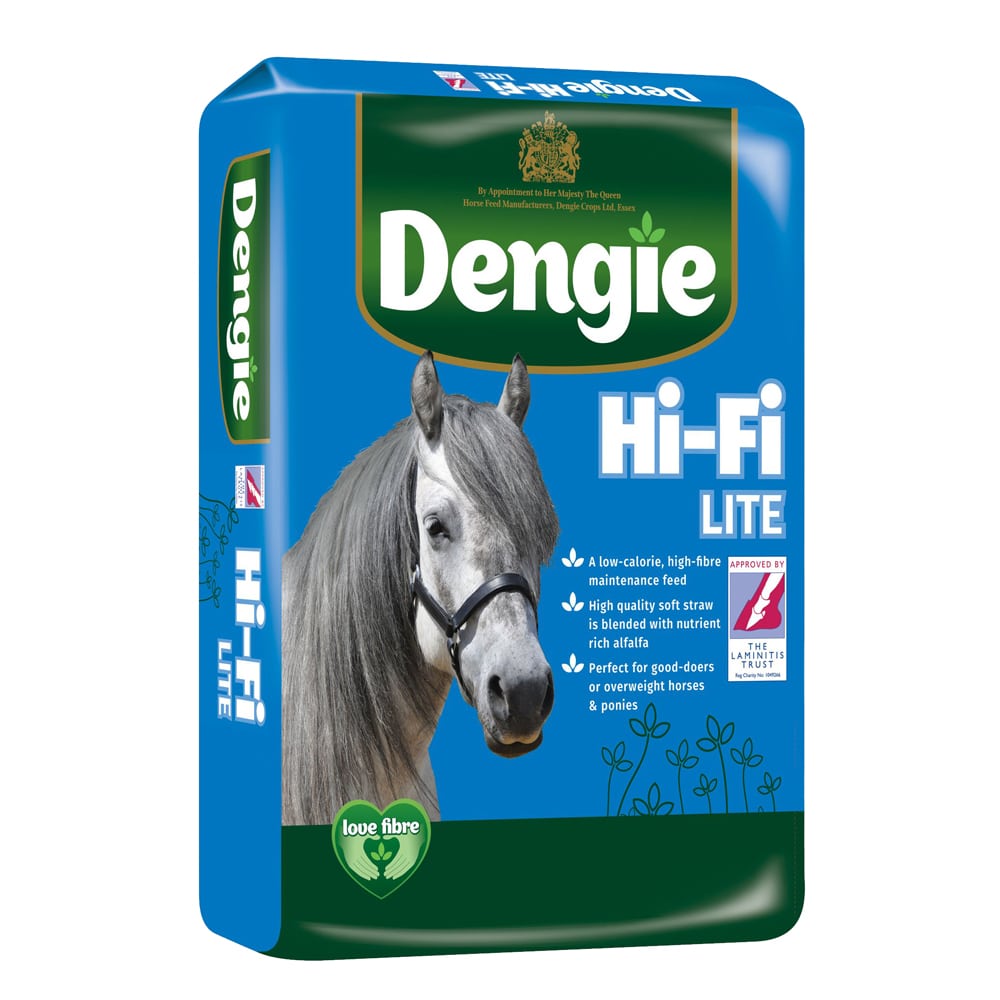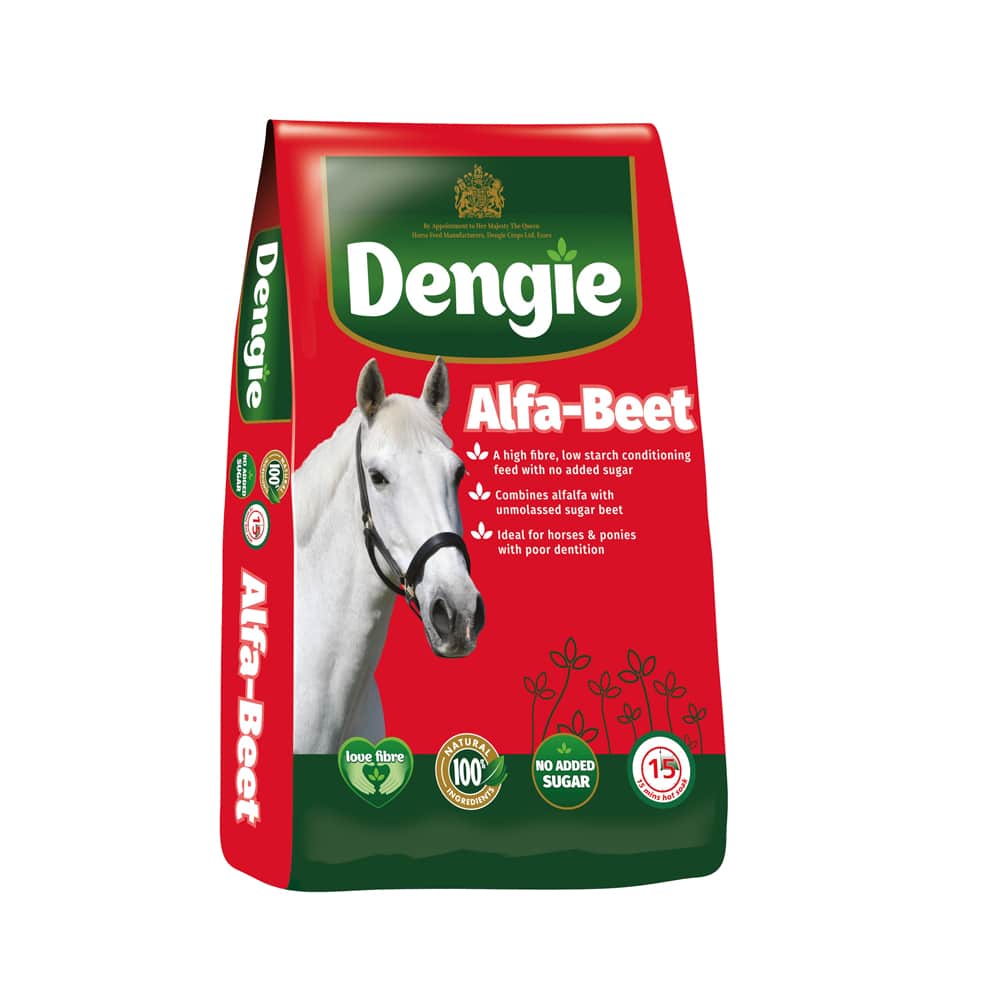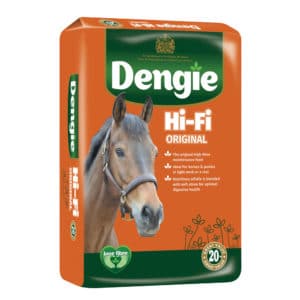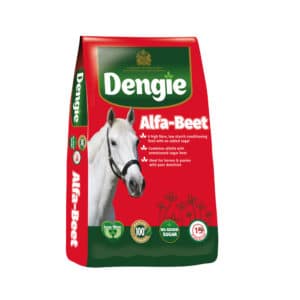dengie Feed Categories
Featured Products
£19.90
£16.85
£20.80
£14.85
£16.35
Horse Feed Blogs
Dengie FAQ'S
What is the difference between Hi-Fi Lite and Hi-Fi Molasses Free?
Hi-Fi Lite combines chopped straw and alfalfa with a light molasses coating. Hi-Fi Lite provides 7.5MJ/kg digestible energy, 7% sugar and 1.5% starch and so is a low calorie, sugar and starch feed. Hi-Fi Lite is particularly useful for weight loss if a low calorie forage replacer is required for good do-ers, or overweight horses when only haylage may be available on the yard for example.
Hi-Fi Molasses Free combines chopped and pelleted alfalfa and straw with a light rapeseed oil coating and the added herbs mint and fenugreek for tastiness. Hi-Fi Molasses Free provides 8.5MJ/kg digestible energy, 2.5% sugar and 1.5% starch. Use Hi-Fi Molasses Free if your preference is for a molasses free feed or if an exceptionally low sugar and starch ration is required for example for those with Equine Metabolic Syndrome.
Why do products approved by the Laminitis Trust contain molasses?
Molasses itself is not dangerous or harmful to horses – it has been used as an ingredient in horse feeds for decades. It is a source of sugar and if used in large amounts can significantly increase the amount of sugar a horse consumes. The key point is how much molasses is added to a feed and how much sugar the other ingredients contain – this determines the overall sugar content and therefore suitability of a feed for a horse or pony prone to laminitis. The Laminitis Trust have strict criteria based on findings from independent research as to what levels are acceptable. If the total sugar and starch content of a feed are below the levels set by the Trust then that is what determines the suitability of the feed for a horse or pony prone to laminitis.
What are the best types of fibre for weight gain?
How useful a fibre source is to the horse in terms of weight gain or energy provision depends on its digestibility. There are many factors that affect digestibility including the type of plant, environmental conditions during growth and particularly the age of the plant when harvested. The more mature a plant is when it is harvested the more fibre it will contain and the less digestible it will be. Straw and late cut hay that feels coarse in the hand are examples of fibre sources with low digestibility. Whilst these types of fibre can be great for helping to manage the weight of good do-ers they won’t be as useful to the horse that needs to gain weight. Examples of fibre types with higher digestibility include early cut, soft leafy hay, haylage, grass, alfalfa and sugar beet. For horses that need to gain weight we should therefore focus on using these types of fibre. Dengie Alfa-A Oil which combines alfalfa with a rapeseed oil coating has as much energy as a conditioning mix/cube for example, but is based on entirely slow-release energy sources




